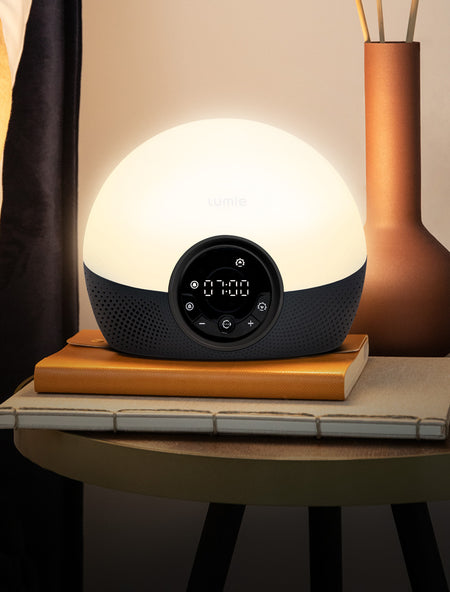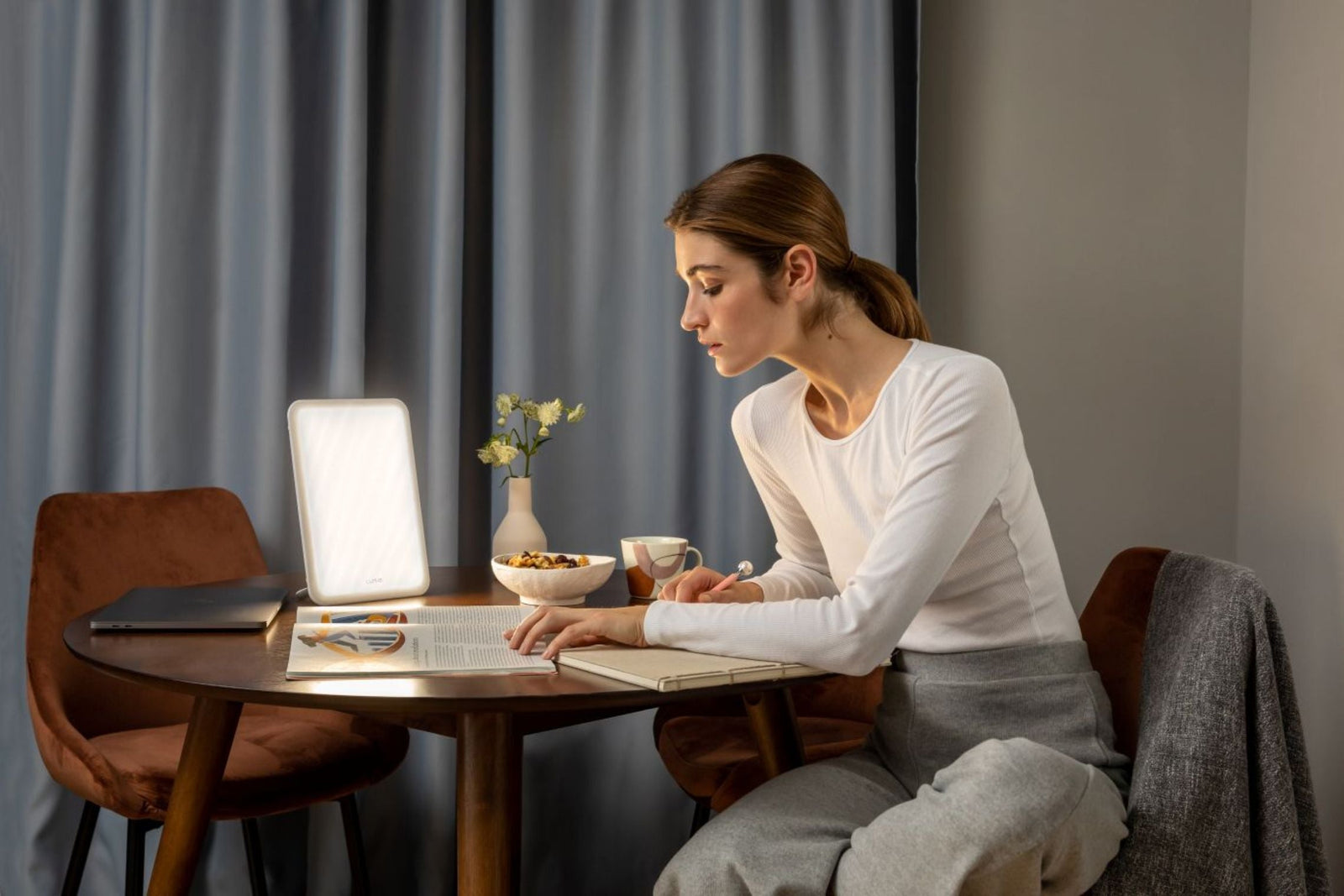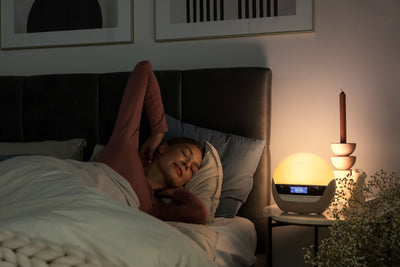Timed light therapy improves blood pressure control and glucose tolerance in rotating night shift workers
One of the major risks shift workers face is an increased chance of suffering a cardiovascular disease and diabetes, and recent studies have shown that “disruption of circadian rhythms per se may contribute to this elevated risk” in addition to well-recognised lifestyle factors (such as poor diet or little to no physical activity).
With daylight being a major synchroniser of circadian clock timing, the scientists hypothesised that timed light therapy might improve disrupted circadian rhythms and stabilize diurnal control of blood pressure and glucose in night shift workers. They have recruited 24 night shift workers and 12 nonnight shift workers to examine this. For the purpose of this study, the researchers used Lumie Brazil light therapy devices. They randomised 24 rotating night shift workers who had spent a median of 6 years on rotating night shifts (median, six night shifts per month) to 12 weeks of light therapy or no intervention and compared them with 12 daytime workers. The researchers measured oral glucose tolerance (OGTT), 24-h blood pressure and arterial stiffness, and the circadian profiles of melatonin, cortisol, metanephrine and nor-metanephrine at baseline, after 12 weeks of intervention, and 12 weeks after the end of intervention.
And the results? “At baseline, fewer night shift workers showed dipper status as compared with daytime workers (29 vs. 58%; P < 0.001). After 12 weeks of light therapy, there was a highly significant increase in the proportion of dippers (to 58%; P < 0.0001). We also observed a significant decrease in serum glucose during OGTT in the light therapy group (-22%; P < 0.05) with no change in serum insulin. Whilst circadian profiles of melatonin and cortisol were unchanged, plasma metanephrine and nor-metanephrine levels were significantly reduced in the light therapy group (P < 0.01).”
The researchers have concluded that timed light therapy improves diurnal blood pressure control and glucose tolerance in rotating night shift workers. “This may point to a novel therapeutic possibility of ameliorating the long-term cardiovascular health effects of night shift work by nonpharmaceutical lifestyle modification.”























